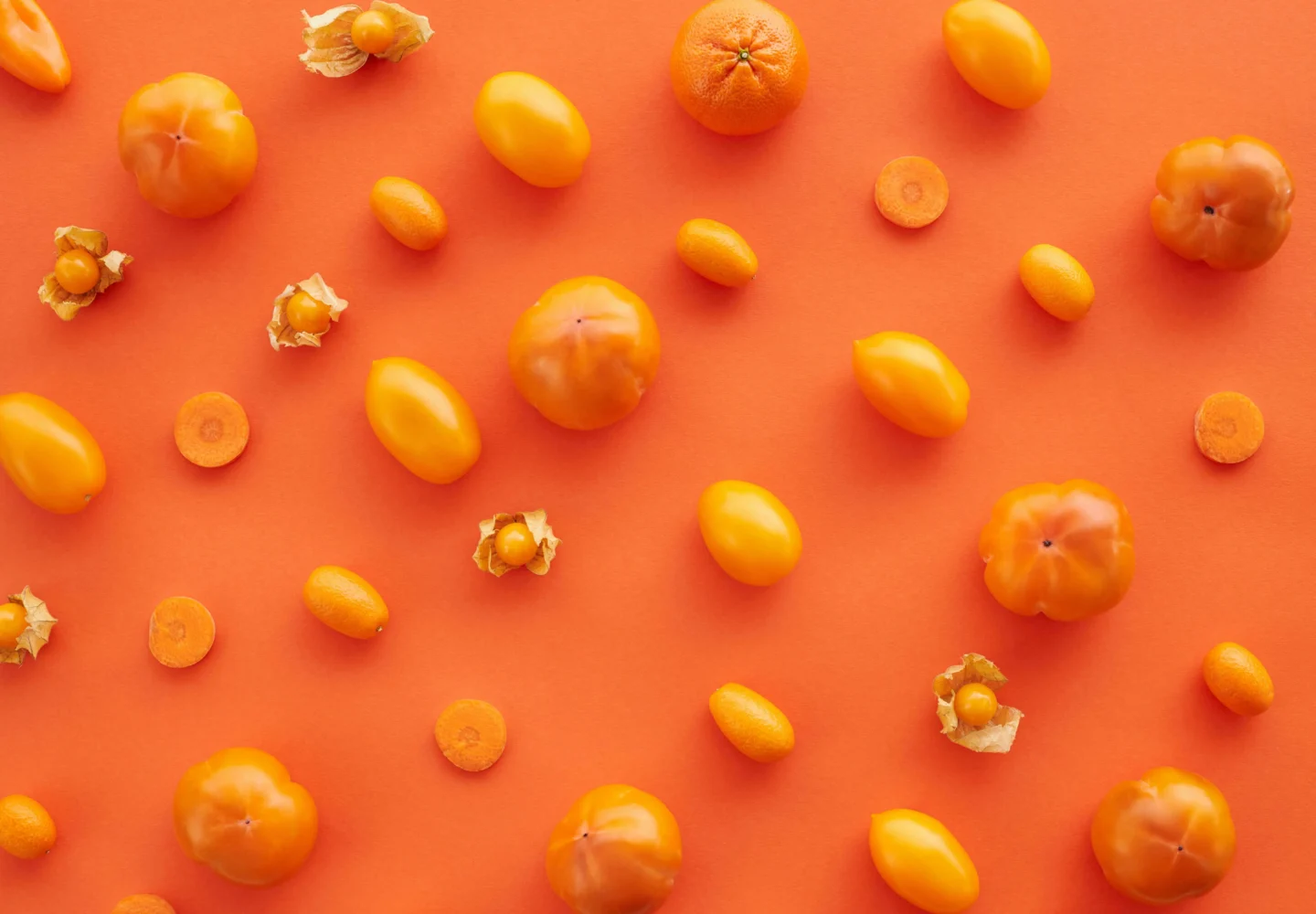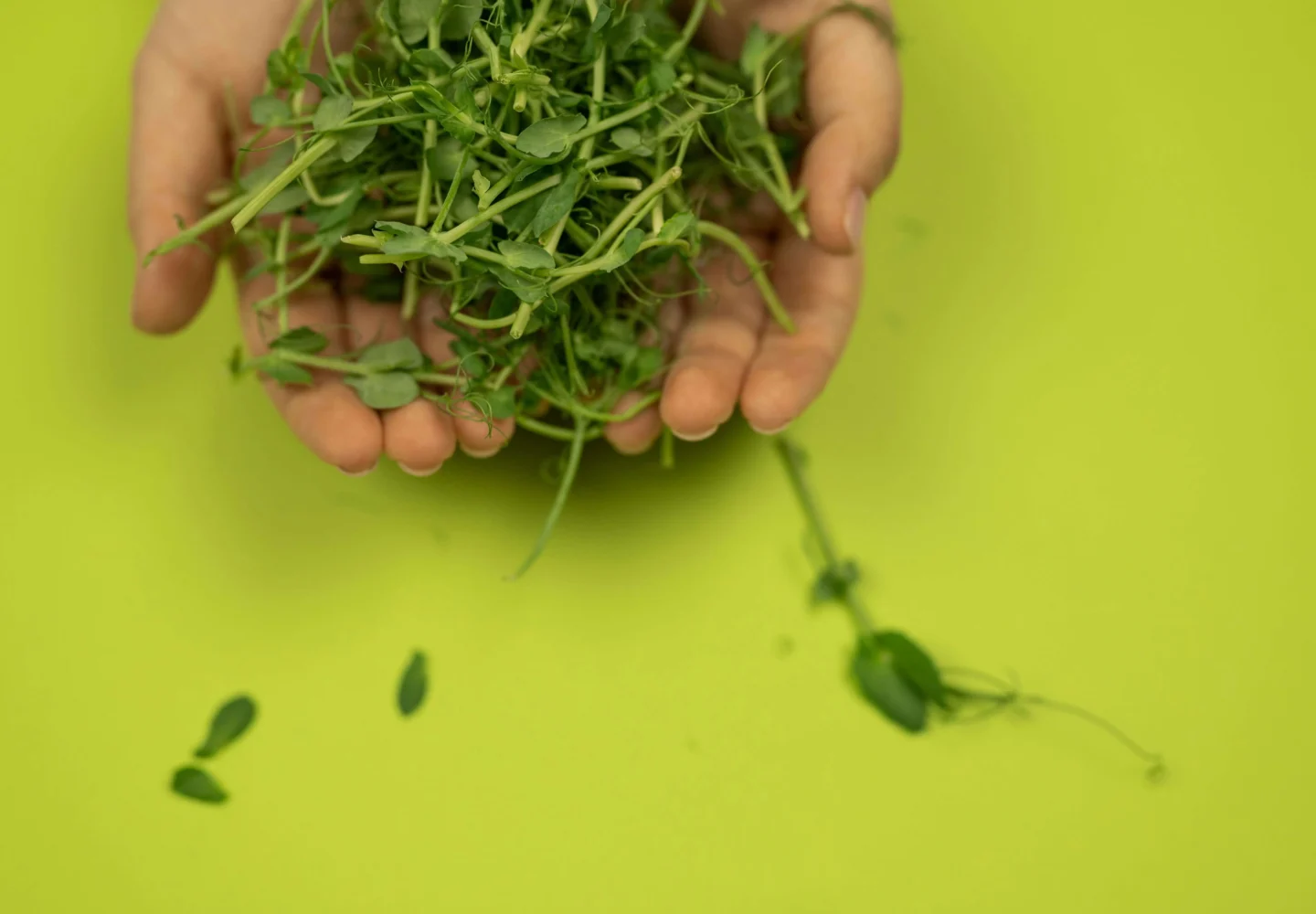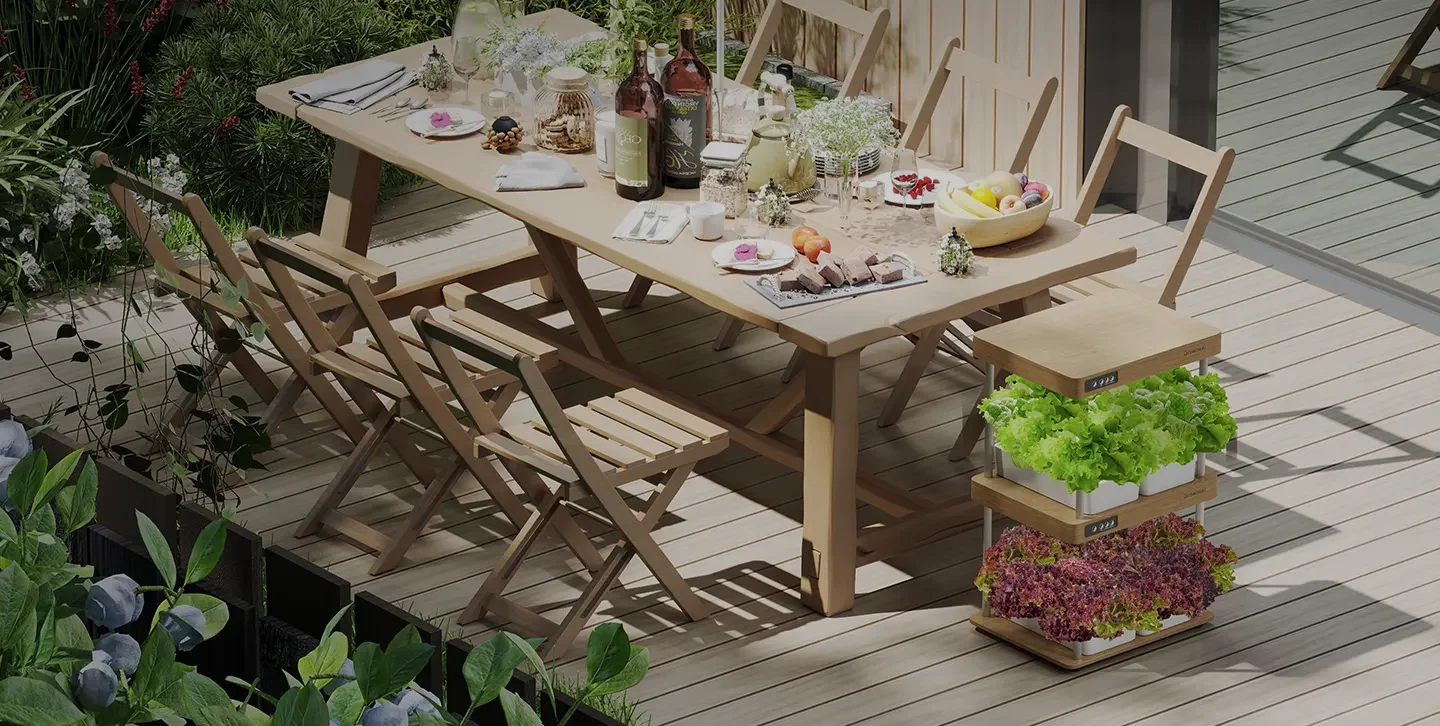How to Grow Red Salad Bowl Using a Hydroponic System for Beginners
Basic Data
☀ Ideal Temperature: Red Salad Bowl lettuce thrives in temperatures between 45°F to 65°F.
🌱 Germination Time: Usually takes 5 to 10 days to germinate.
📅 Time to Maturity: Typically matures in about 45 to 60 days.
Germination Steps
Step 1: Soak the planting sponge and gently squeeze out excess moisture.
Step 2: Place Red Salad Bowl seeds into the damp sponge.
Step 3: Keep in a cool area until seeds germinate.
Step 4: Transfer the sponge with the sprouted seeds to the hydroponic system.
Growing Process
Light Requirements Table
StageLight DurationLight SpectrumLight IntensityGermination10-12 hours/dayFull spectrum100-150 µmol/m²/sSeedling12-14 hours/dayFull spectrum150-200 µmol/m²/sVegetative14-16 hours/dayFull spectrum200-250 µmol/m²/sMature14-16 hours/dayFull spectrum200-250 µmol/m²/s
💧 Water Pump Volume and Duration: Set to cycle every 20 minutes.
🔧 pH Value: 6.0 to 6.5.
🍼 Nutrient Ratio:
Nitrogen: 150 parts per million
Phosphorus: 50 parts per million
Potassium: 200 parts per million
Calcium: 150 parts per million
Magnesium: 75 parts per million
Trace Elements: Include Iron, Manganese, Zinc at 1 part per million each as needed.
Plant Benefits
Nutritional Value: Rich in vitamins A, C, and K, as well as dietary fiber.
Aesthetic Appeal: Features beautiful red and green leaves that add color and texture to salads.
Easy to Grow: Known for its resilience and suitability for beginner gardeners.
Conclusion
Red Salad Bowl lettuce is an ideal variety for hydroponic beginners, offering easy care, fast growth, and a continuous harvest of flavorful leaves. It’s perfect for those looking to enhance their diet with fresh, homegrown greens.







